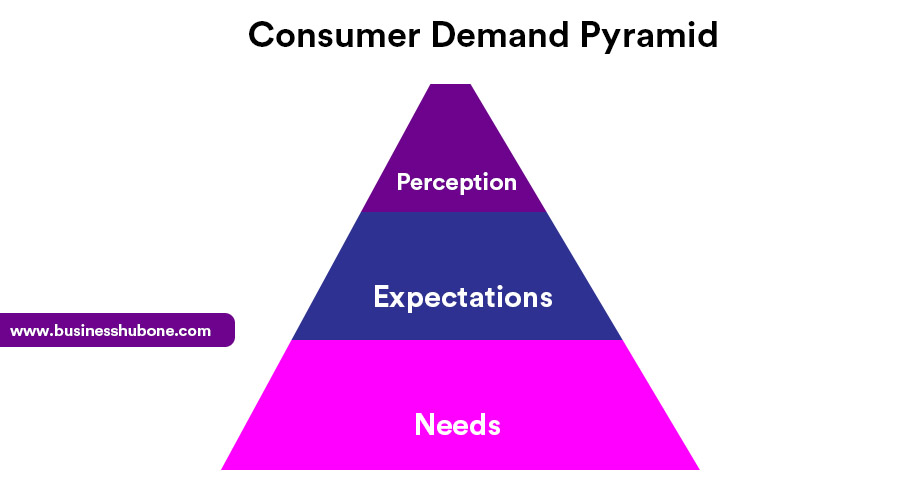Perception demand: Rethinking Consumer Acceptance
Perception demand refers to creating products based on what you think your consumer would need not by what they say they need.
It is possible to create a product that your consumer does not know he needs,
That sweet spot is a holy grail in the context of product-market fit that will make you sell out like crazy!!
This concept has helped companies such as Apple to go on to create one of the most respected brands on the planet.
Creating what customers think they need or what customers say they need is not the absolute recipe for success.
Going back in history, companies like Kodak, producing the films customers continued doing so till their beloved customers stopped buying them.
Many companies, in a rigid attempt to meet customers’ needs, have brought catastrophic failure upon themselves.
Case Study: Nokia and Blackberry
Nokia and BlackBerry were once praised for their exceptional business model and the ability to garner very significant portions of the market share, many thanks to their operating system, design sense, their way of doing things and a rigid ability to meet the needs of customers at the time.
This dominance continued until they began to see declining profits, shrinking market share, and caused the brand to almost fade away completely
The ability to respond to customers’ demands does not guarantee success!

What then is the absolute recipe for success?
The recipe for success in various markets varies based on sector, consumer demographic, geographic location, capital requirements, availability of human resources and many others
The dynamic to the defining terms and is no absolute recipe for success!
.In the consumer demand pyramid, meeting the needs of customers is at the bottom of the pyramid while meeting the expectation of the customer is that a little bit higher on the pyramid while meeting the perceived needs of the customer is at the top of the pyramid.
Demand is higher if you can correctly determine what your customer needs before they even know they need it.
When you meet the needs of customers, you’re likely going to be a fast-moving consumer good such as beverages and processed food. These things are the basic needs of the customers, and if you meet them, there is very little chance that the company will ever be able to disrupt the market or that you’re going to be able even to meet even the expectation of customers.
Today, we are beginning to see a mix of needs and the anticipation you begin to see drawers that are designed to accommodate your laptop’s having holes and their drawers that designed in stylish fashions some coffee tables and that kind of designs are designed to meet the expectation of customers.
When we talk about perception, you begin to come up with questions such as Do we really need the table? This kind of thinking has led us to see tables with they don’t leave the table you just made the glass screen so that the last screen can be in front of them and then they be going to do anything you want to do.
The Apple iPhone
When Steve Jobs announced the Apple iPhone in 2007, it was out of this world. Consumers did not know they needed a product with all the features packed in the phone.
It was a time when the Symbian OS was barely picking up, and feature phones were the order of the day, Telecommunications was only picking up speed – GPRS signal was the standard, virtually every phone had a physical keypad, either the minimized keypad or the full QWERTY keyboard.
Motorola was very busy making flip phones, and small capacitive touchscreens.
Apple came with phones that had resistive touch screens and the supreme ability to multitask, view emails, take pictures, etc.
Apple revolutionized the industry;
Their product came from the realm of perception to develop what it perceived the customers needed. This approach led them to create that product which was an absolute fit and became one of the biggest successes in the 21st-century market.
Rethinking Consumer Acceptance
Perception is a call to rethink consumer acceptance.
Consumers don’t accept products because it is good for them. We have had many products that have been good for consumers over the years that is why disruptions have characterized the 21st-century market
Disruption helps you generate enough market share to stay in business. if you do not create a product that is considered unique that has sufficient value proposition for the customer to make the switch from its current provider to the next provider you are not going to get the customer you are not going to get that money the consumer there is sufficient inertia in consumer switching that you have to be phenomenal for you to earn money customers trust








